About Anatolian Rug
- The Anatolian rug is a term of convenience, commonly used today to denote rugs and carpets woven in Anatolia (or Asia Minor) and its adjacent regions.
- Geographically, its area of production can be compared to the territories which were historically dominated by the Ottoman Empire.
- It denotes a knotted, pile-woven floor or wall covering which is produced for home use.
- Rug weaving represents a traditional craft dating back to prehistoric times.
- During its long history, the art and craft of the woven carpet has absorbed and integrated different cultural traditions.
- Traces of Byzantine design can be observed in Anatolian rugs; Turkic peoples migrating from Central Asia
- As well as Armenian people, Caucasian and Kurdish tribes either living in or migrating to Anatolia at different times in history contributed their traditional motifs and ornaments.
- The arrival of Islam and the development of the Islamic art has profoundly influenced the Anatolian rug design.
- Its ornaments and patterns thus reflect the political history and social diversity of the area.
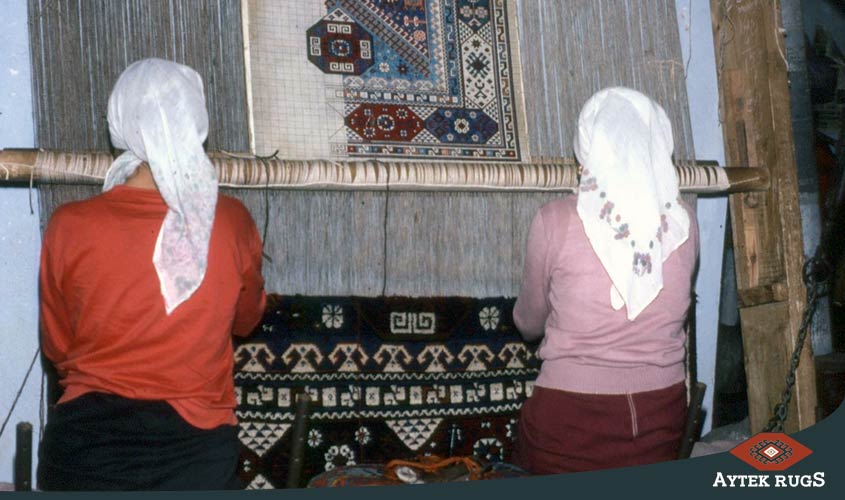
History
- Within the group of oriental carpets, the Anatolian rug is distinguished by particular characteristics of its dyes and colors, motifs, textures, and techniques.
- Rugs were simultaneously produced at all different levels of society, mainly using sheep wool, cotton, and natural dyes.
- Anatolian rugs are most often tied with symmetrical knots, which were so widely used in the area that Western rug dealers in the early 20th century adopted the term “Turkish” or “Ghiordes” knot for the technique.
- From the 1870s onwards, the Ottoman court manufactures also produced silk-piled rugs, sometimes with inwoven threads of gold or silver, but the traditional material of the majority of
- Anatolian rugs were hand-spun, naturally-dyed wool.
- In Europe, Anatolian rugs were frequently depicted in Renaissance paintings, often in a context of dignity, prestige, and luxury.
The history of rug weaving in Anatolia must be understood in the context of the country’s political and social history.
- Anatolia was home to ancient civilizations, such as the Hittites, the Phrygians, the Assyrians, the Ancient Persians, the Armenians, the Ancient Greeks, and the Byzantine Empire.
- The city of Byzantium was founded in the seventh century BC by the Greek and rebuilt as a Roman city in 303 AD by the Roman emperor Constantine I.
- Rug weaving was probably known already in Anatolia during this time, but no carpets are known today which can be dated back to this time.
Carpets In Time
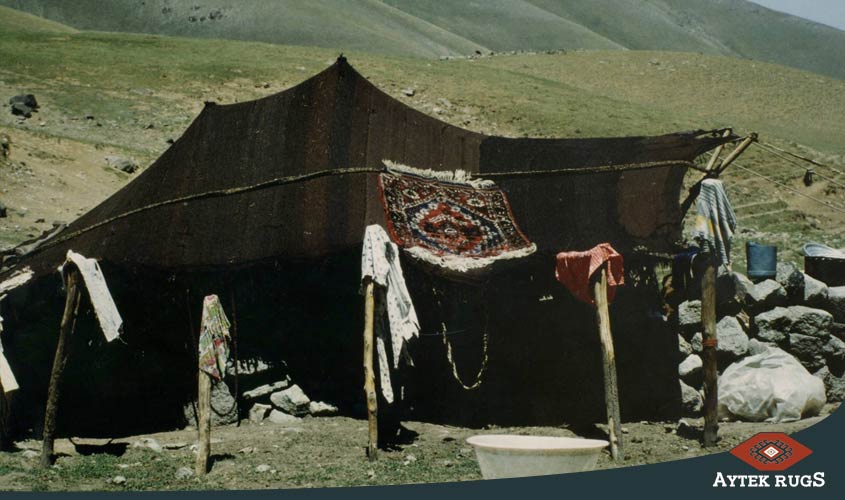
Tribe (Beylik) Carpets
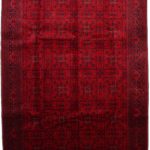
Early in the thirteenth century, the territory of Anatolia was invaded by Mongols. The weakening of Seljuq rule allowed Turkmen tribes known as the Oghuz Turks to organize themselves into independent sovereignties, the Beyliks.
Literary sources like the Book of Dede Korkut confirm that the Turkoman tribes produced carpets in Anatolia. One of the Turkoman tribes of the Beylik group, the Tekke settled in South-western Anatolia in the eleventh century and moved back to the Caspian sea later.
The Tekke tribes of Turkmenistan, living around Merv and the Amu Darya during the 19th century and earlier, wove a distinct type of carpet characterized by stylized floral motifs called gul in repeating rows.
Ottoman Carpets
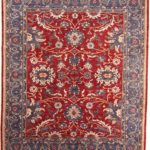
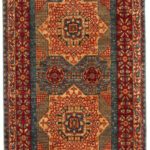
Around 1300 AD, a group of Turkmen tribes under Suleiman and Ertugrul moved westward.
In 1326, the Ottomans conquered Bursa, which became the first capital of the Ottoman state.
By the late 15th century, the Ottoman state had become a major power.
In 1517, the Egyptian Sultanate of the Mamluks was overthrown in the Ottoman–Mamluk war.
Suleiman the Magnificent, invaded Persia and forced the Persian Shah Tahmasp to move his capital from Tabriz to Qazvin until the Peace of Amasya was agreed upon in 1555.
As the political and economic influence grew of the Ottoman Empire, Istanbul became a meeting point for diplomats, merchants, and artists.
During Suleiman I.’s reign, calligraphy and miniature painting were performed in the scriptures, or nakkaşhane, and influenced carpet weaving.
Besides Istanbul, Bursa, Iznik, Kütahya, and Ushak were homes to manufactories of different specializations.
- Bursa became known for its silk cloths and brocades,
- Iznik and Kütahya were famous for ceramics and tiles,
- Uşak, Gördes, and Ladik for their carpets.
- The Ushak region, one of the centers of Ottoman “court” production, produced some of the finest carpets of the sixteenth century.
- Holbein and Lotto carpets were woven here.
- Gold-brocaded silk velvet carpets known as Çatma are associated with the old Ottoman capital of Bursa, in Western Anatolia near the Sea of Marmara.
Ushak carpets
Star Ushak carpets were woven in large formats. They are characterized by large dark blue star-shaped primary medallions in infinite repeat on a red ground field containing a secondary floral scroll.
Medallion Ushak carpets usually have a red or blue field decorated with a floral trellis or leaf tendrils, ovoid primary medallions alternating with smaller eight-lobed stars, or lobed medallions, intertwined with floral tracery. Their border frequently contains palmettes on a floral and leaf scroll, and pseudo-kufic characters.
Double-niche Ushaks The corner medallions have been moved closely together, so that they form a niche on both ends of the carpet. This has been understood as a prayer rug design, because a pendant resembling a mosque lamp is suspended from one of the niches. The resulting design scheme resembles the classical Persian medallion design.
Romanian Rugs (Transylvanian rugs)
Transylvania, in present-day Romania, was part of the Ottoman Empire from 1526-1699. It was an important center for the carpet trade with Europe.
The carpets termed “Transsylvanian carpets” by convenience today are of Ottoman origin, and were woven in Anatolia.
Anatolian carpets of the “Transylvanian” type were also kept in other European churches in Hungary, Poland, Italy and Germany, whence they were sold, and reached European and American museums and private collections.
“Mecidi” style, and the Hereke court
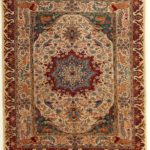 By the end of the eighteenth century, the “turkish baroque” or “mecidi” style developed out of French baroque designs.
By the end of the eighteenth century, the “turkish baroque” or “mecidi” style developed out of French baroque designs.
A weaving workshop was established in 1843 in Hereke.
The Hereke Imperial Factory initially included looms producing cotton fabric.
Carpet production began in Hereke in 1891 and expert carpet weavers were brought in from the carpet weaving centers of Sivas, Manisa and Ladik. The carpets were all hand woven, and in the early years they were either made for the Ottoman palaces or as gifts for visiting statesmen. Later, they were also woven for export.Hereke carpets are known primarily for their fine weave. Silk thread or fine wool yarn and occasionally gold, silver and cotton thread are used in their production. Wool carpets produced for the palace had 60–65 knots per square centimeter, while silk carpets had 80–100 knots.
Contents are briefly taken from Wikipedia.